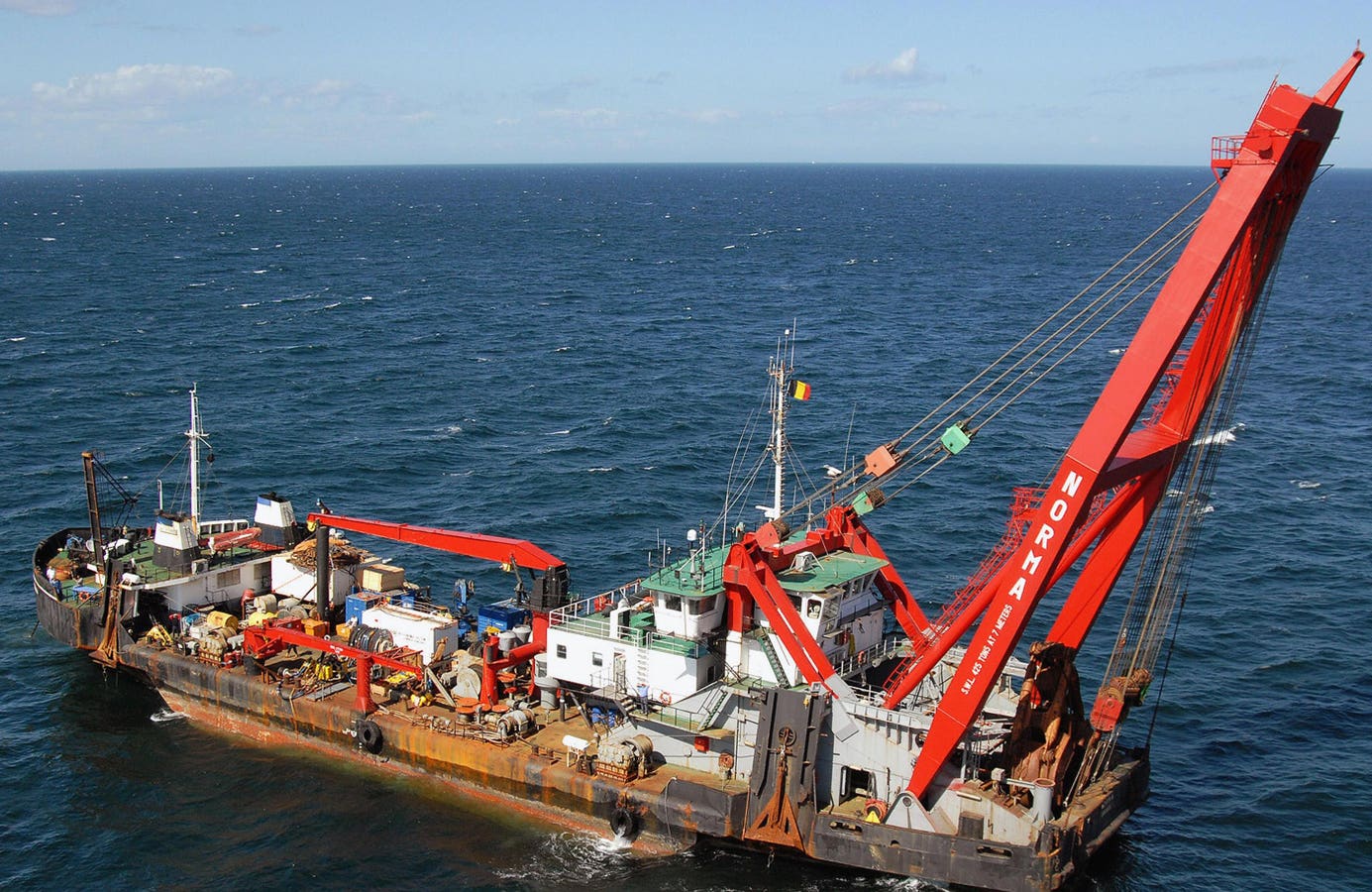Environmental advocates made an impassioned plea to the UN for a novel request: a moratorium on deep-sea mining. This call comes amid both forthcoming international meetings on the subject scheduled for 2024 and the rapid, albeit quiet, explosion of interest in deep-sea mining. Once a topic for science fiction, the International Seabed Authority (ISA) has already issued 30 seabed exploration licenses (with the most – 6 – going to China). This is only the beginning of a race that will upend the energy market and geopolitics.
The seabed contains most of the periodic table, including nickel, cobalt, gold, silver, zinc, lithium, and copper, in potato-sized, polymetallic nodules that sit on the sea floor. These nodules contain many Rare Earth Elements (REEs), which are crucial for emerging green energy production and cutting-edge technology such as semiconductors and AI. These strategic metals are seeing an exponential rise in demand due to the green transition, generating geopolitical competition and financial interests in them just as fierce as oil in the 20th century.
Competition for REEs has spurred the Chilean nationalization of lithium, a U.S.-led backlash to China’s EV dominance, and massive domestic American investments in REE production. Undersea mining may help to circumvent China’s REE refining monopoly, but may also be another frontier in geopolitical competition.
At the Clarion-Clipperton Zone, southeast of Hawaii, a frenzy of surveying for undersea REEs is underway. So far, only limited deep-sea mining has occurred to test equipment. The Metals Company became the first company to engage in deep-sea mining to test technologies such as an integrated collector and the riser and lift system. China has answered this attempt to bypass their REE monopoly by investing heavily in deep-sea mining and once again is set to take the lead in the competition for resources.
This rush for seabed REEs that started near Hawaii is destined to go global. Off the coast of Africa, the Benguela Current has deposited many REE nodules off the coast of Namibia. Namibia was the world’s first country to offer licenses for deep sea mining in its jurisdiction, and wants to expand within its exclusive economic zone to not just its jurisdiction, but international standardization. While Namibia is banning the export of unprocessed REEs to China, the promise and the peril of the Benguela Current may become a global trend. On one hand, this new avenue of REE ocean floor mining may provide the West more agility in the international competition for REEs. On the other hand, the injection of REEs rivalries into tame disputes maritime disputes could ratchet up tensions.
There are hundreds of maritime territorial disputes. These are hard enough to resolve when only fisheries and hydrocarbons are commodities of interest. They may become intractable if disputes hold the key to cutting-edge high-tech production, including defense, IT, AI, and aerospace. These disputes involve major powers including China, Russia, India, and the United States. These disputes also include middle income countries such as Peru and Chile, and some of the poorest in the world like Somalia and Kenya. There are disputes in every sea.
While undersea REE deposits promise massive amounts of natural resources for human consumptions and are facilitating the green revolution, their unbridled exploitation carries a severe risk of disrupting local marine ecosystems vital for humanity. Undersea mining could cause the fragmentation of ecosystems and the extinction of species unique to the seabed. Ocean bed mining also produces a lot of particulate matter which takes a long time to settle and creates toxic plumes, harming sea life. It creates significant noise pollution which causes maritime ecosystems considerable distress. In conjunction, unbridled industrial activity on the seabed will imperil biodiversity and the health of the global oceans. The negative impact of deep-sea mining is likely also be felt by humans. Particulate emissions may kill microorganisms that help the ocean absorb so much carbon dioxide while also damaging fish stock and affecting global ocean currents such as Gulfstream that warm Europe.
This will not be the first-time humans damage nature – we already caused many other perils by industrial production – but the environmental threats of underwater mining are worth consideration now, before the industry skyrockets. Without proper care, deep sea mining for REEs could paradoxically harm the environment humans mean to save. Seabed mining is already here, and even if the West does not take an interest in it, our adversaries surely will and it will be they who shape the seabed’s environmental norms. The only path forward for the Western companies to cooperate in tech development and capital; to encourage the ISA to reach a final agreement in 2025; and to begin crafting a regulatory framework that allows American mining companies to compete with China deep under the sea.
Read the full article here





